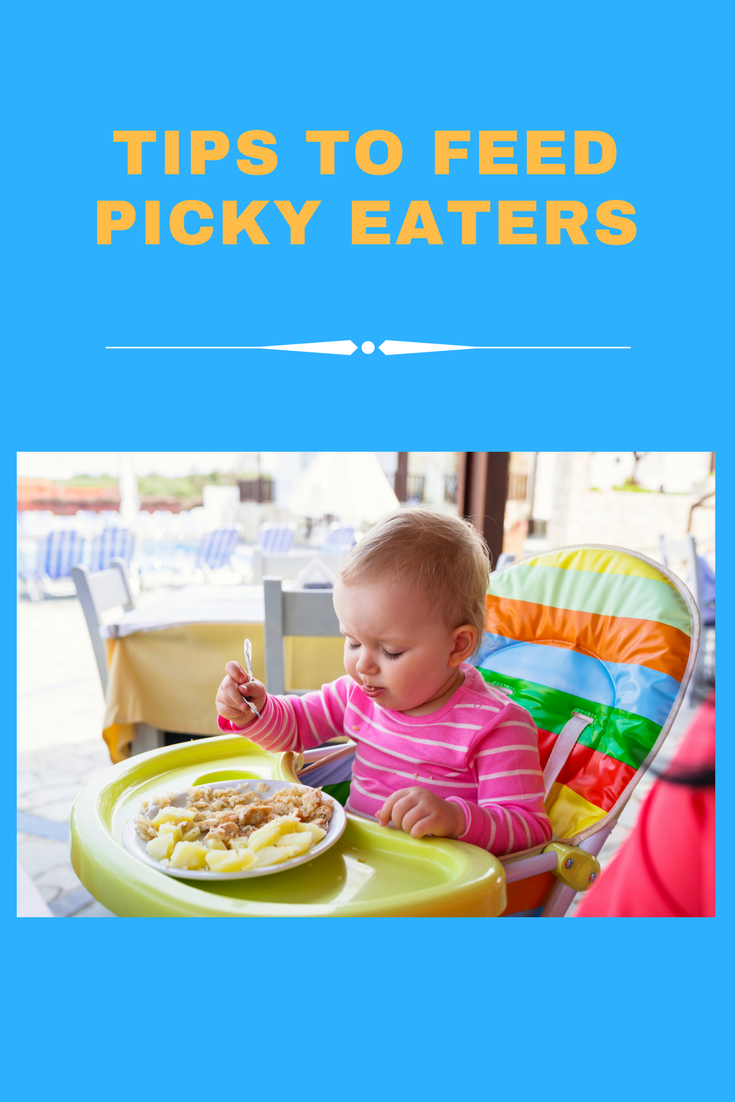
Tips to Feed Picky Eaters
After a year of rapid growth from 0-12 months, children’s development naturally slows down a bit during the toddler phase. Slower growth means lesser food intake, hence, it is natural for children from one year onwards to start showing signs of picky eating habits. While it’s true that parents play an important role to ensure that quality, nutritious food are always available, children also start to take responsibility in choosing what to eat, when to eat and how much to eat.
Getting introduced to different tastes, textures and sensations can be overwhelming, which is why you will notice kids eating the same food over and over again. Other distractions include toys, TV and fellow kids playing around. Dedicate a place in the house for meal times to condition their minds and avoid distractions, and remember to keep meal times short and sweet, instead of long and boring.
Here are a few more ways to handle picky eaters:
- Presentation matters. For picky eaters, how you package the food is the first step to winning. Cut fruits, sandwich and meat into bite-sized portions so that they don’t get overwhelmed or scared of finishing the whole thing. Use colours to entice their senses. Make out characters and animal shapes. Serving noodles or pasta? Use the letter/animal-shaped ones to make it more appealing!
- Prepare a healthy nibble tray. It might be hard to get a very active child to sit down and eat a full meal. Instead, prepare a kid-friendly smorgasbord using ice cube trays or muffin tins filled with healthy snacks that they can reach for any time of the day. Fill the compartments with different cut of fruits, veggies, crackers, rice balls, cheese etc. Use cookie cutters to make interesting shapes and sizes.
- Use dips and spreads to make food taste more exciting. Dunking food into dips and sauces sounds fun for kids! And spreads will make boring breads so much tastier. Experiment with peanut butter, cottage cheese, apple sauce and more. Show them how to dip and spread and let them eat on their own. Just be prepared with easy and washable silicone bibs with food catcher, as it can get messy!
- Watch out the texture. If your kids hate mushy stuff, why not go for whole finger foods? Go for carrot and potato sticks instead of mashed. Serve whole bananas and rice instead of porridge. Observe what feels good for them and adjust accordingly. It’s the same food and nutrition they get, whether it’s pureed or not.
- Let them cook/prep their meals. Involving your children in a task is a very important step to get them to do something wholeheartedly. Older children can help out in the kitchen, while smaller kids can be responsible for simpler tasks like putting the corn into the bowl, pouring cheese spread on broccoli or putting ice into fruit juices. The more they deal with food, the more comfortable they are and more likely to not be adverse about eating.
Lastly, don’t despair! As long as you monitor that they eat different types of food and supplement them with milk and vitamins as necessary, they will still get the nutrition they need and more. It is also important to regularly visit your pediatrician and discuss anything that concerns you, and most importantly, remember that forcing food to a picky eater, or playing the reward game all the time will cause more harm than good. It will increase the fear or anxiety that they may have about food, and will also affect their behavior, constantly bargaining for treat before finishing a meal instead of naturally building their relationship with eating.
Sources:
https://www.zerotothree.org/resources/1072-how-to-handle-picky-eaters
http://www.parents.com/toddlers-preschoolers/feeding/picky-eaters/the-picky-eater/
https://www.askdrsears.com/topics/feeding-eating/feeding-infants-toddlers/picky-eater
